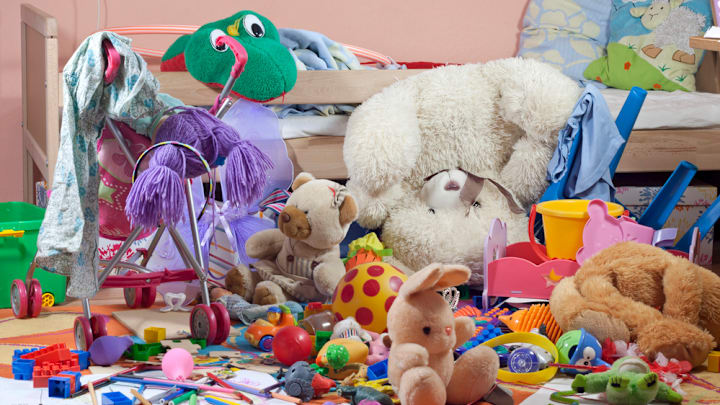Tiny Collectors: Why Kids Love Gathering Useless Treasures (and Why That’s a Big Deal)

You’re cleaning out the pockets of your child’s jacket and there it is: a rock. Not just any rock—a crumbly, oddly-shaped, utterly unremarkable rock. Beside it? A bent bottle cap, a tiny piece of string, and something that may have once been a sticker. You look at it all and think, “Why… this?”
But to your child, this isn’t trash. It’s treasure. It’s a collection. A secret archive of moments, feelings, and tiny adventures.
Kids are natural gatherers. A walk to the park turns into a treasure hunt. A visit to Grandma’s becomes a souvenir mission. They pick up pebbles, leaves, buttons, beads, wrappers shaped like animals, even that one weird paperclip from your desk. It’s easy to brush it off as clutter. But there’s something quietly powerful about a child’s instinct to collect.
First off, there’s an emotional layer. Children don’t always have the words for what they feel—but objects can become symbols. A feather from the zoo visit. A button from dad’s old jacket. These bits and pieces get loaded with memory, meaning, and magic. Their collections become time capsules of their lives, coded in crayons and acorns.
Then there’s the sense of ownership. For a child, owning a “collection” gives a sense of identity. It’s theirs. They chose it. They protect it, arrange it, sometimes hide it in boxes or display it proudly. It becomes an extension of who they are. And in a world where they don’t get to make many big decisions, this little stash gives them autonomy.
There’s also a wildly underrated educational element to all this gathering. Categorizing, sorting, counting, comparing—it’s cognitive gold. One child may organize rocks by color or size. Another might give each one a name or backstory. These are early forms of classification, storytelling, even science. You thought they were hoarding junk; turns out they were doing data analysis with dirt.
And let’s not ignore the mindfulness of it all. When kids collect, they’re noticing details others miss. The tiniest glint on the sidewalk becomes a prized marble. A walk becomes a slow, meditative search for “just one more cool thing.” They’re present. Fully engaged. Seeing the world with a kind of wonder most adults have to practice yoga to remember.
Sure, sometimes the collecting gets... weird. Maybe your kid is obsessed with expired train tickets or leaves that crumble into dust the second they touch them. Maybe you’ve had to fish a questionable chunk of who-knows-what out of their backpack. That’s part of the charm—and the chaos.
But here’s the part that really hits: kids collect what they notice. And what they notice becomes what they love. They're not just picking up stuff—they're picking up the world, piece by piece. They're cataloging beauty in overlooked places. They’re teaching themselves that the ordinary is worth examining.
So the next time you find a rock in the laundry or a tiny trinket under their pillow, pause. Ask where it came from. Ask what it means. You might just unlock a whole world of insight—and a glimpse into how your child sees the world.
Turns out, their pile of “junk” might be more intentional than your curated living room décor. And honestly? That bent bottle cap probably has a better story.